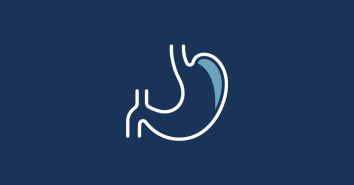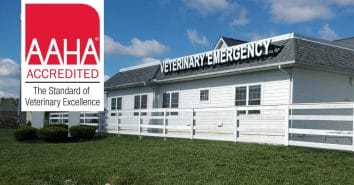Exceptional Care,
Unrivaled Experience.
Find Your Nearest Location
Exceptional Care,
Unrivaled Experience.
Find Your Nearest Location
Exceptional Care,
Unrivaled Experience.
Find Your Nearest Location
Exceptional Care,
Unrivaled Experience.
Find Your Nearest Location
The MedVet Difference
A Compassionate and Caring Team
Your pet is an important part of your family, and you can count on all our caregivers to treat your pet like their own.
The MedVet Difference
Leaders in Specialty Care
Your pet is in the very best hands. Our board-certified specialists and highly trained emergency doctors have extensive post-graduate training and regularly participate in ongoing education so they can deliver the latest techniques and treatments.
The MedVet Difference
Veterinarian Owned and Led
Every decision is based on providing the best care for your pet because we’re owned and led by veterinarians who are deeply committed to your pet’s health and happiness.
The MedVet Difference
Partners in Care
We work with you and your family veterinarian to establish the best, individualized treatment plan to give your pet the best chance at a long and fulfilling life.
Our Mission In Action
View All News Releases
View All New Releases





